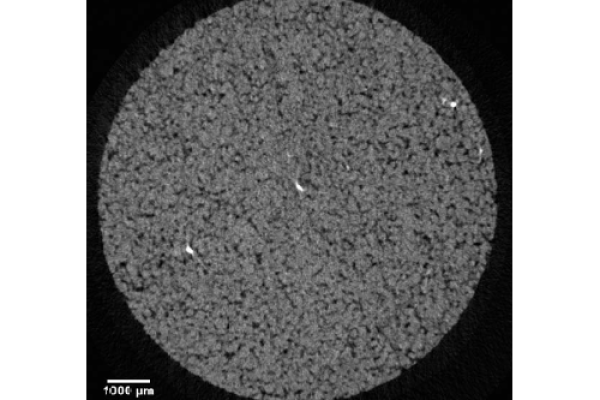Load-bearing tissues, like bone, can be replaced by engineered tissues or tissue constructs. For the success of this treatment, a profound understanding is needed of the mechanical properties of both the native bone tissue and the construct. Also, the interaction between mechanical loading and bone regeneration and adaptation should be well understood.
This paper demonstrates that microfocus computer tomography (μCT) based finite element modelling (FEM) can have an important contribution to the field of functional bone engineering as a biomechanical analysis tool to quantify the stress and strain state in native bone tissue and in tissue constructs. Its value is illustrated by two cases:
- In vivo μCT-based FEM for the analysis of peri-implant bone adaptation,
- Design of biomechanically optimised bone scaffolds.
The first case involves a combined animal experimental and numerical study, in which the peri-implant bone adaptive response is monitored by means of in vivo μCT scanning. In the second case μCT-based finite element models were created of native trabecular bone and bone scaffolds and a mechanical analysis of both structures was performed. Procedures to optimise the mechanical properties of bone scaffolds, in relation to those of native trabecular bone are discussed.




